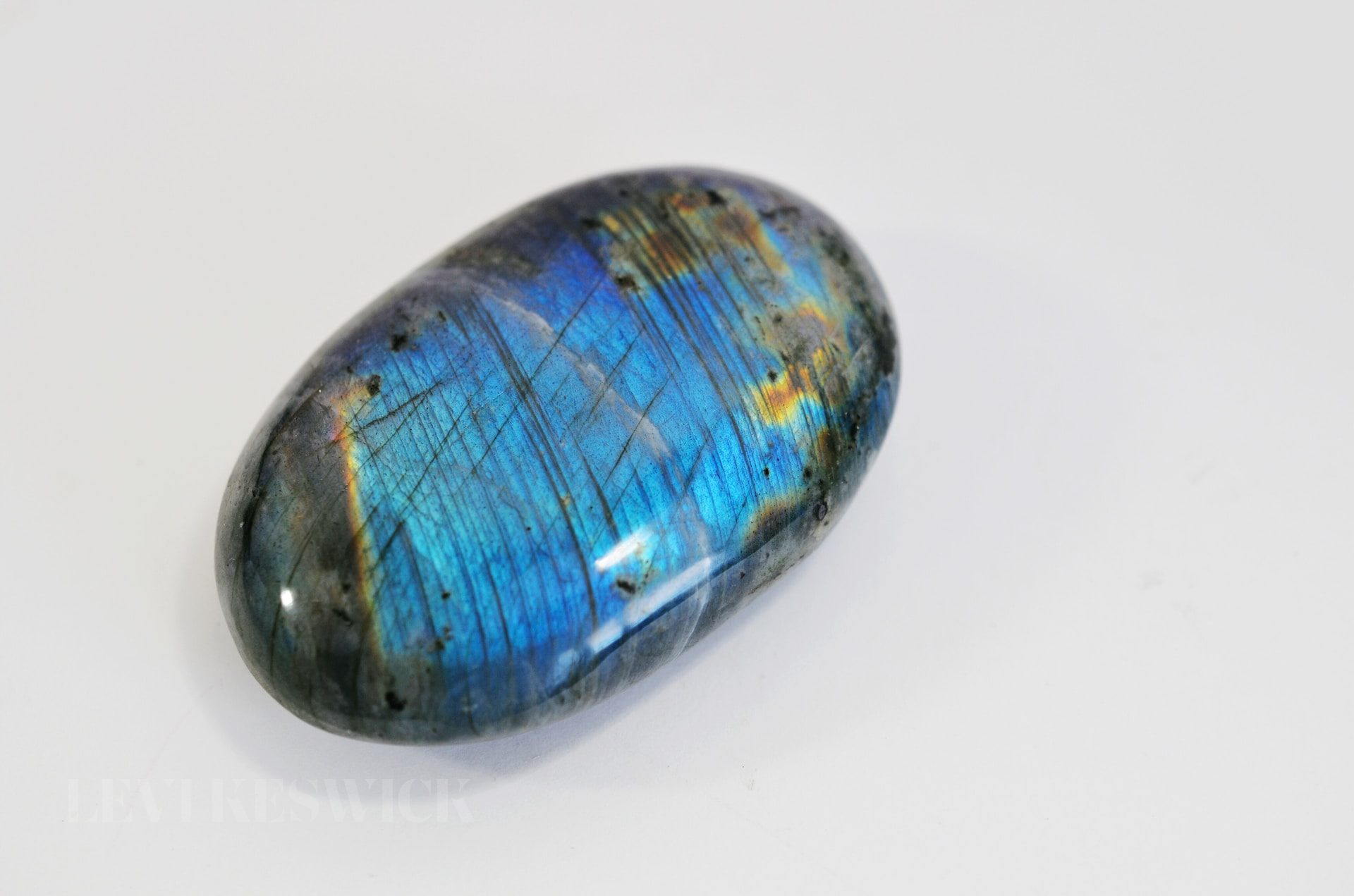Key Takeaways:
- Blue rocks and minerals encompass a wide range of captivating gemstones and geological formations, each with its distinct characteristics and allure.
- From Apatite to Shattuckite, we delve into 15 mesmerizing blue speckled crystals, unveiling their origin, physical properties, and cultural significance.
- Gems like Lapis Lazuli and Sapphire have stood the test of time and hold a significant place in human history, while lesser-known minerals like Dumortierite and Chalcanthite offer unique beauty and geological intrigue.
- The world of blue rocks and minerals is rich with diversity, ranging from soft gemstones to vibrant crystals, each offering a unique shade of blue and a myriad of applications in jewelry, art, and industry.
- As collectors, enthusiasts, and admirers, we can appreciate the hidden wonders of these blue speckled crystals and their contribution to the natural world.
Introduction
Blue, the color of tranquility and mystery, has captivated human hearts for centuries. Its ethereal beauty finds expression in a diverse array of rocks and minerals, each carrying a unique tale of geological formation, cultural significance, and aesthetic allure. In this article, we embark on a journey to explore 15 different types of blue rocks and minerals, unearthing their secrets and unveiling their mesmerizing charm.
Apatite
At the forefront of our exploration lies Apatite, a soft but stunning gemstone that presents a myriad of blue tones. With variations such as fluorapatite, hydroxylapatite, and chloroapatite, Apatite entices both collectors and art jewelers with its wide spectrum of blue hues.
Sodalite
Next on our list is Sodalite, a silica-based rock known for its deep blue coloration reminiscent of lapis lazuli. Its occurrence in large masses makes it ideal for crafting decorative items, securing its commercial interest and enduring popularity.
Lapis Lazuli
One of the most revered blue stones of all time, Lapis Lazuli carries a rich historical significance. This complex rock, composed of white calcite, lazurite, and traces of pyrite, has adorned ancient artifacts and continues to be treasured for its deep blue hue and cultural heritage.
Topaz
Previously renowned for its clear and yellow-to-brown variations, Topaz has emerged in recent decades with the discovery of blue topaz. Through treatment with radiation and heat, this once-colorless stone transforms into a captivating blue gem, often adorning delicate jewelry pieces.
Turquoise
Embodied in the essence of the American West, Turquoise has played an integral role in Native American silversmithing. With its unique blue-green shades and variable hardness, this stone holds a special place in American culture and continues to increase in value as its supply diminishes.
Kyanite
Kyanite, a versatile mineral with a mesmerizing crystalline structure, exhibits variable hardness depending on the angle of approach. This blue gemstone serves as a geologist’s marker for determining past geological conditions, while also offering aesthetic appeal and industrial applications.
Sapphire
Regarded as the most famous blue gemstone worldwide, Sapphire has captivated humanity with its hardness and deep beauty. Its association with blue has shaped our perception of the color, and sapphires in various shades and colors continue to be treasured for their timeless elegance.
Azurite
As a copper carbonate mineral, Azurite exhibits striking blue crystals, often found alongside malachite. Its association with deserts and its use as a pigment, jewelry stone, and geological marker further solidify its place in the realm of blue rocks and minerals.
Dumortierite
Dumortierite, with its intriguing blue needle-like crystals suspended in quartz, offers a unique array of blue inclusions. Often used as a substitute for lapis or sodalite, this mineral’s diverse forms and applications in porcelain production make it a hidden gem among collectors.
Chrysocolla
Belonging to the blue-green copper minerals, Chrysocolla boasts a wide range of colors and hardness levels. Often utilized as a substitute for turquoise, this gemstone has found its place in Southwestern-style jewelry, symbolizing the rich heritage of American silversmithing.
Aquamarine
Renowned for its sky-blue hue, Aquamarine, a member of the beryl family, exudes both clarity and durability. Its elegant beauty, moderate pricing, and association with the calming nature of water have made it a popular choice for jewelry enthusiasts.
Indicolite and Paraiba Tourmaline
Tourmaline, a gemstone boasting various colors, includes rare blue varieties known as Indicolite and Paraiba Tourmaline. With their captivating shades and exceptional rarity, these gemstones command high prices and hold a special place among blue gemstone connoisseurs.
Chalcanthite
Forming striking blue crystals, Chalcanthite is a crystallized form of copper sulfate found in arid regions. Though its water solubility presents challenges for collectors, the vibrant blue hue and unique formations of this fragile mineral make it a true wonder to behold.
Shattuckite
Lastly, Shattuckite, another blue copper-bearing mineral, presents soft crystals that often form pseudomorphs behind malachite. With its distinctive deep blue color, Shattuckite adds intrigue to the realm of blue rocks and minerals, offering a rare and captivating specimen for collectors.
Conclusion
The world of blue rocks and minerals is a realm of hidden wonders, where each specimen reveals a unique story of geological formation, cultural significance, and aesthetic allure. From the rich historical legacy of Lapis Lazuli and Sapphire to the lesser-known beauty of Dumortierite and Chalcanthite, these blue speckled crystals continue to captivate our imagination and shape our perception of this enchanting color. As collectors, enthusiasts, and admirers, we are privileged to witness the kaleidoscope of blues in the natural world, where the beauty of each stone reflects the splendor of our planet’s diverse geological treasures.








